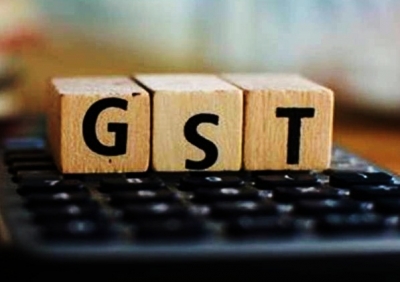New Delhi, Feb 1 (IANS) Union Finance Minister Nirmala Sitharaman presented the Union Budget (2023-24) on Wednesday, which was her fifth consecutive budget and the last full budget in this government’s tenure.
Post the budget speech, Prime Minister Narendra Modi described it as the first Budget of “Amrit Kaal” (the 25-year period from 2022 till 2047, when the country will celebrate 100 years of Independence), which would lay a strong foundation for a developed India.
He said that it is a historic budget and gives priority to the deprived. It will fulfil the dreams of an aspirational society including the poor, middle-class people, and farmers.
Looking at where the Centre’s income comes from and where it goes, the highest share comes from borrowings and other liabilities, accounting for 34 per cent of the total income. However, the maximum amount is also spent on paying the interest on borrowings, which is 20 per cent.
The second highest share comes from the Goods and Services Tax (GST) and other taxes, making up 17 per cent. It is followed by income tax and corporate tax, both standing at 15 per cent.
Seven per cent of the Centre’s income comes from excise duties. The rest are non-tax receipts (6 per cent), customs (4 per cent) with non-debt capital receipts being the lowest at 2 per cent. The non-tax receipts comprise rent, penalties and fines.
According to the Budget, after the maximum amount is spent paying the interest on borrowings, the states’ share of taxes and duties stands at 18 per cent, followed by the central sector schemes at 17 per cent.
The allocations towards the centrally sponsored schemes and the Finance Commission and other transfers are the next two big expenses accounting for 9 per cent each of the total expenditure.
Defence and other expenditure make up 8 per cent each. Subsidies and pensions follow with 7 and 4 per cent, respectively.
One of the announcements by Sitharaman, which has got everyone talking is the new income tax regime (NTR), where the tax exemption limit has been raised from Rs 5 lakh per annum to Rs 7 lakh. Also, the benefits of standard deductions have been extended to the salaried class and pensioners.
However, experts say that the NTR may not necessarily be beneficial for all taxpayers.
–IANS
spr/bg




